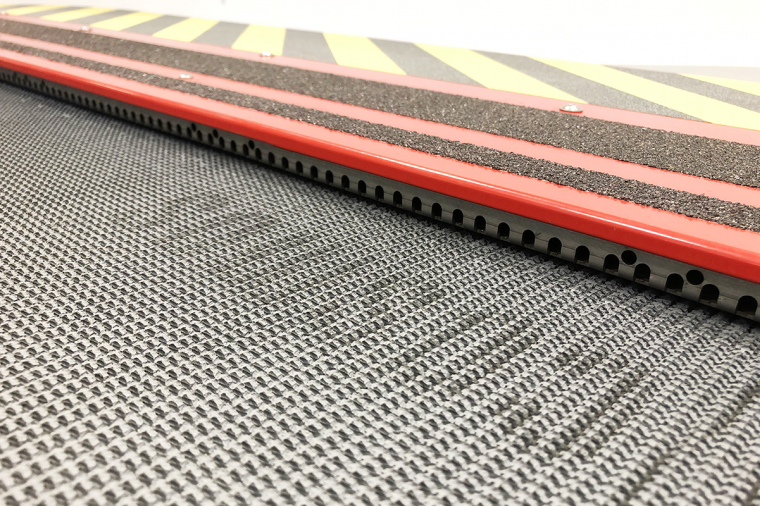31
Jul
2020
Zurück
Waterford Institute of Technology (Waterford/Ireland) and ART Health Solutions (Gateshead/United Kingdom) most recently published a study, validating the data quality of Microgate OptoJump over a range of running speeds from 12 to 16 kmh. The OptoJump bars were placed on top of the side footboards of an h/p/cosmos pulsar treadmill, therefore the effective measurement plane was slightly above the real one, i.e. the treadmill surface.
While most parameters, e.g. stride time, stride length and stride frequency showed excellent validity, some parameters became faulty (e.g. contact time) due to the height difference between the position of the bars and the treadmill surface. As a result, the study suggested to incorporate a correction factor, which is already available and can be set in the software, called GaitR-In and GaitR-Out filter.
We would, as an addition, like to highlight two available improvements in this context:
1) The h/p/cosmos Optofix system that magnetically mounts and fixes OptoJump/OptoGait bars to the treadmill in a safe way.
2) The built-in OptoGait systems, available for h/p/cosmos treadmills with a running surface of 170 or 190 cm, that reduce the height difference for the most part and measure as close as possible at the running surface.
A quick introduction to the Optofix system: https://youtu.be/5QdtjsA7OKk?t=105
Information on the GaitR-in and GaitR-Out filter: http://www.optogait.com/Support/Knowledge-Base/The-filter-parameters-GaitR-In-and-GaitR-Out
Authors: Mark J. Flynn [1,2], Richard Bolger [1] , Paul D. Smith [2] and Michael Hanlon [1]
[1: Waterford Institute of Technology, Waterford, Ireland]
[2: ART Health Solutions, Gateshead, United Kingdom]

